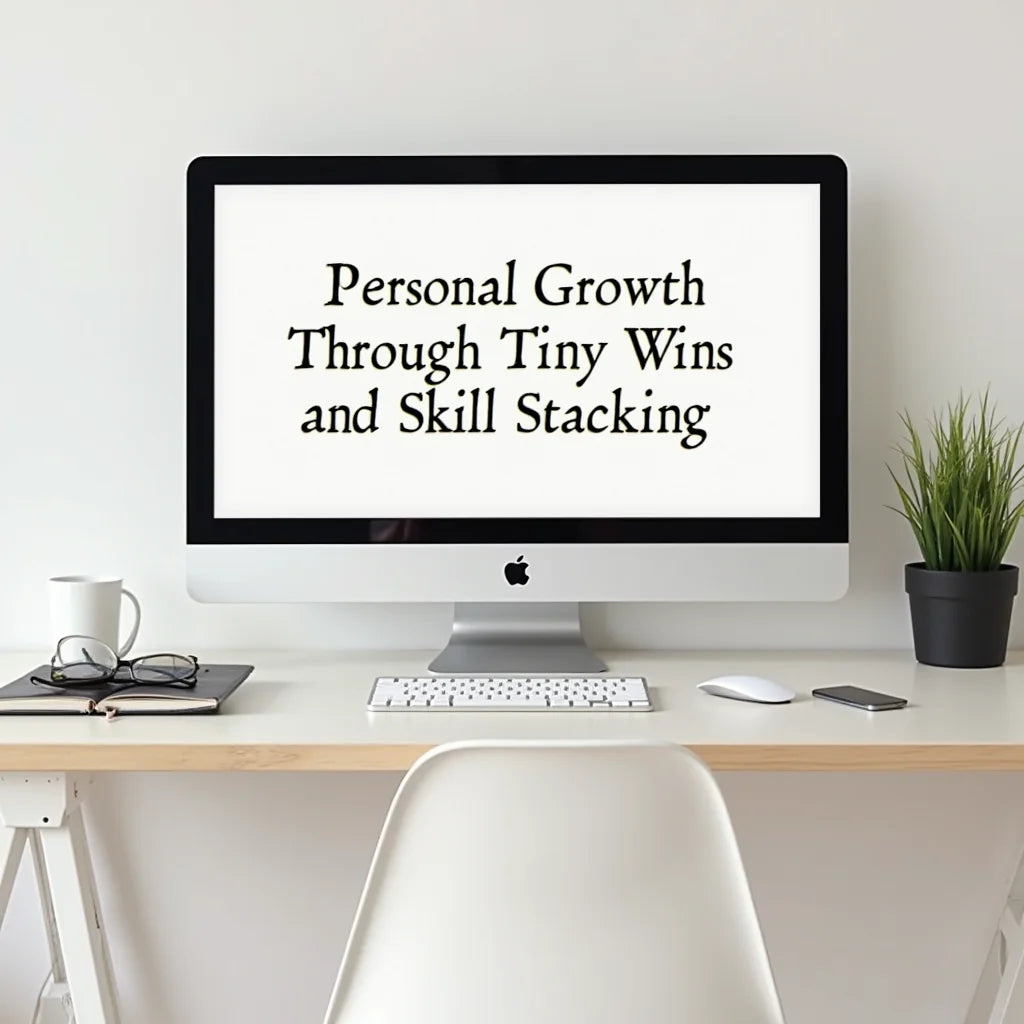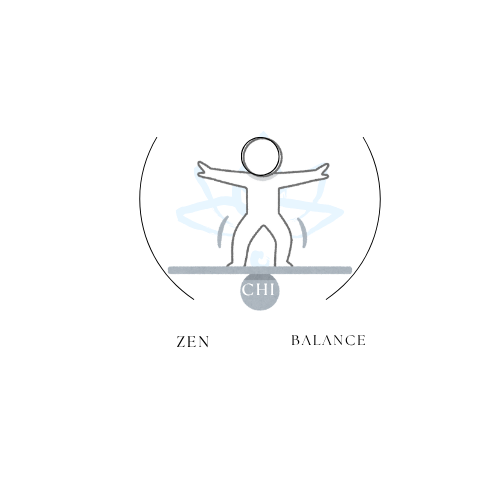
Personal Growth Through Tiny Wins and Skill Stacking
Share
Updated on: 2025-10-23
Table of Contents
- 1. Personal growth in everyday life: a gentle introduction
- 2. Personal growth myths and facts for clarity
- 3. Step-by-step personal growth guide for steady progress
- 3.1 Step 1: Set a kind intention
- 3.2 Step 2: Define a small goal
- 3.3 Step 3: Map cues, routines, and rewards
- 3.4 Step 4: Create a 10-minute starter ritual
- 3.5 Step 5: Track with a one-line journal
- 3.6 Step 6: Remove friction and add prompts
- 3.7 Step 7: Review weekly and adjust gently
- 3.8 Step 8: Celebrate micro-wins and sustain
- 4. Personal growth FAQs answered with care
- 4.1 What is personal growth, in simple terms?
- 4.2 How much time should personal growth take each day?
- 4.3 How do I stay motivated without pressure?
- 5. Summary and key takeaways for personal growth
Personal growth in everyday life: a gentle introduction
Personal growth is a personal, ongoing process of learning, unlearning, and practicing small skills that help you live in alignment with your values. It does not need to be loud or dramatic. It can be quiet and steady. When you focus on one small change at a time, personal growth becomes less overwhelming and more realistic. If you prefer a calm, low-pressure path, this article will offer practical steps you can try at your own pace.
You may find it helpful to explore reflections or resources before you begin. If you would like a simple place to start, the Blog offers thoughtful reading that pairs well with the steps below. If at any point you would like to learn more about the brand’s approach and story, the About us page provides a calm overview of values and care.
Personal growth myths and facts for clarity
- Myth: Personal growth requires a total life overhaul. Fact: Most lasting progress comes from small, repeated actions that fit your current life.
- Myth: You must be highly motivated to start. Fact: Motivation often follows action. Begin with a tiny step and let momentum build.
- Myth: Consistency means never missing a day. Fact: Consistency means coming back after you miss, and adjusting with kindness.
- Myth: Personal growth is only about productivity. Fact: It includes well-being, boundaries, rest, relationships, and alignment with values.
- Myth: A single method works for everyone. Fact: Personal growth is personal. It is okay to tailor the process to your needs and season of life.
Step-by-step personal growth guide for steady progress
This guide keeps personal growth practical and flexible. You can complete each step in order, or pick the ones that resonate. Gentle pacing is encouraged.
Step 1: Set a kind intention
Begin with an intention that feels caring and clear. For example: “I intend to treat my evenings as quiet time for reading and reflection.” A kind intention provides direction without pressure. Keep it short, positive, and specific to your life. When your energy is low, an intention anchors your focus and helps personal growth feel safe and supportive.
Step 2: Define a small goal
Choose one small goal that is easy to complete most days. Consider the smallest version that still feels meaningful. For instance: “Read two pages,” “Stretch for five minutes,” or “Write one sentence.” The key is to make success likely. This helps the brain associate personal growth with progress, not strain.
Step 3: Map cues, routines, and rewards
Connect your goal to a reliable cue. After a daily anchor like brushing your teeth or making tea, complete your tiny action. Then, add a simple reward, such as a quiet exhale, a smile, or placing a small check mark in your journal. Cues and rewards help your routine stick, especially when personal growth is new.
Step 4: Create a 10-minute starter ritual
A starter ritual reduces decision fatigue. Decide where and how you will begin. For example: “Sit in the same chair, set a five-minute timer, and read.” Keep the ritual gentle and repeatable. The aim is to make starting so easy that you rarely talk yourself out of it.
Step 5: Track with a one-line journal
Use a one-line journal to note what you did and how it felt. Write brief entries such as: “Read two pages—calming.” This quick record builds self-awareness and proof of progress. Over time, you will see that your personal growth is real, even if it is quiet.
Step 6: Remove friction and add prompts
Set up your space so your next action is obvious. Lay out your book, place your yoga mat by the door, or pin a gentle reminder on your phone. Small prompts reduce friction and help you follow through. If a step feels hard, ask, “How could I make this easier by 20%?”
Step 7: Review weekly and adjust gently
Once a week, review your one-line journal. Notice what helped and what got in the way. Adjust your goal if it feels heavy. If life is full, scale down; if you feel steady, scale up by a tiny amount. Personal growth works best when it adapts to your current season.
Step 8: Celebrate micro-wins and sustain
End each week by acknowledging a small win: a day you showed up, a moment of rest you honored, or a boundary you kept. Micro-celebrations train your mind to notice progress. This simple practice sustains motivation and keeps personal growth kind and consistent.
Personal growth FAQs answered with care
What is personal growth, in simple terms?
Personal growth is the process of getting to know yourself and practicing small actions that support who you want to be. It can include habits, reflection, boundaries, communication, and creative expression. There is no single timeline or finish line. If it helps, you can think of it as a gentle practice of alignment—moving a little closer to your values through daily choices. If you are new to these ideas, you might enjoy starting with a few articles in the Blog and returning to them when you have time to reflect.
How much time should personal growth take each day?
Even a few minutes can be enough to start. Many people find five to ten minutes helpful because it lowers resistance and fits into a busy day. Over time, you can expand if it feels right. If your schedule is tight, try attaching your action to a routine you already do—like after breakfast or before bed. This keeps personal growth simple and predictable. If you would like a brief overview of the brand’s approach before you begin, the About us page offers a calm introduction.
How do I stay motivated without pressure?
Gentle structure helps. Keep goals small, use cues and rewards, and track progress with a one-line journal. When motivation dips, return to your intention and reduce the action to the easiest version. Consider compassionate accountability: a check-in with a kind friend or a simple reminder on your calendar. If questions arise, or you prefer personal guidance, the Contact page is available for thoughtful support inquiries.
Summary and key takeaways for personal growth
Personal growth does not need to be complicated. It thrives on clarity, small actions, and self-compassion. By setting a kind intention, defining a small goal, pairing it with cues and rewards, and keeping a one-line journal, you create a gentle system that adapts to your life. Weekly reviews and micro-celebrations help you sustain momentum without pressure.
- Start tiny to make success likely and consistent.
- Use cues, starter rituals, and prompts to reduce friction.
- Track briefly to build proof and awareness.
- Review weekly and adjust with care—no all-or-nothing thinking.
- Celebrate micro-wins to keep personal growth enjoyable and steady.
If you appreciate a calm pace and thoughtful structure, you can continue exploring at the Home page, where resources are organized to support your next small step.

I'm a passionate curator at Zen Chi Balance, dedicated to spreading calm, harmony, and mindful living through faith-inspired lifestyle products. I help craft meaningful experiences for our global community of mindful shoppers.
The content in this blog post is intended for general information purposes only. It should not be considered as professional, medical, or legal advice. For specific guidance related to your situation, please consult a qualified professional. The store does not assume responsibility for any decisions made based on this information.
